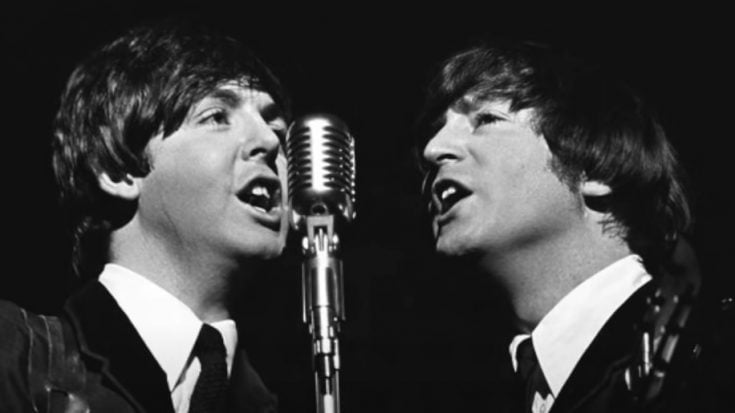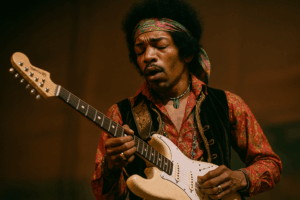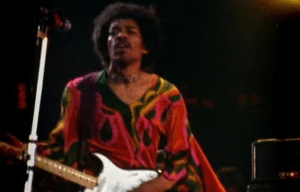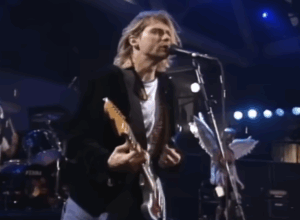Why John Lennon and Paul McCartney Loved Performing This Overlooked Beatles Track

Paul McCartney and John Lennon - The Beatles Vocal Harmony / YouTube
During the Beatles’ meteoric rise in the mid-1960s, their setlists were typically dominated by chart-topping hits and fan favorites. Yet John Lennon and Paul McCartney insisted on including “Baby’s in Black,” a song from Beatles for Sale that never gained the same level of popularity. To audiences expecting “She Loves You” or “I Want to Hold Your Hand,” this song felt unusual.
McCartney even admitted that they had to introduce it onstage as something “different,” since many fans were unfamiliar with it. Despite this, the band performed it consistently from 1964 through their last live show in 1966. That commitment hinted at how deeply Lennon and McCartney valued the track, regardless of commercial success.
This persistence showed that not every Beatles performance was about pleasing the crowd. For Lennon and McCartney, the live experience also meant indulging in their own creative preferences. “Baby’s in Black” gave them space to stretch beyond the expected and present a moodier, more introspective song.
Breaking Away From Pop Expectations
By the time they wrote “Baby’s in Black,” the Beatles had already secured international fame. With that fame came the freedom to experiment and move away from songs strictly designed to charm teenage fans. McCartney explained that their earlier singles were written with mass appeal in mind, but by 1964 they were eager to explore new ideas.
“Baby’s in Black” stood out because it embraced a waltz-like three-four rhythm, something unusual for mainstream pop at the time. The band had admired similar rhythms in earlier blues songs, and other musicians even noticed this bold choice. It was a technical and stylistic decision that reflected Lennon and McCartney’s growing ambition as songwriters.
The song’s darker themes also marked a shift. Instead of focusing on young love or playful romance, it carried a more somber tone. For Lennon and McCartney, this wasn’t just a song—they were experimenting with depth and maturity in their music.
A Shared Creative Spark
Part of what made “Baby’s in Black” special was the way it was written and performed. Lennon and McCartney recorded the song cheek to cheek at the same microphone, blending their voices in a tight harmony. Onstage, they performed it in much the same way, emphasizing the intimacy and unity of their collaboration.
McCartney later reflected that he and Lennon brought out the best in each other during these sessions. When one of them felt stuck, the other often had a way forward. That synergy made their songwriting partnership more than just productive—it was transformative.
This collaboration also ensured that their songs endured. As McCartney explained, their writing didn’t produce disposable pop; it created material with enough depth to last. “Baby’s in Black” may not have been a commercial giant, but its very existence highlights the strength of their combined artistry.
View this post on Instagram
Why the Song Still Matters
“Baby’s in Black” is rarely discussed among the Beatles’ greatest hits, but Lennon and McCartney’s affection for it reveals much about their artistic journey. They weren’t content to only repeat formulas that guaranteed applause. They wanted to challenge themselves, their audiences, and the conventions of pop music at the time.
The song’s minor-key melodies, waltz tempo, and mournful lyrics made it a bold addition to their live sets. While it may have puzzled fans in the mid-1960s, it captured the duo’s desire to grow beyond the bubblegum pop label. This kind of risk-taking helped pave the way for the more experimental albums that followed, like Rubber Soul and Revolver.
Ultimately, Lennon and McCartney loved performing “Baby’s in Black” because it felt true to their evolving selves. It may not have been the crowd-pleaser of their catalog, but it reflected their curiosity, their willingness to experiment, and the enduring magic of their partnership. That’s why the song still deserves attention today.
https://twitter.com/apple_c0rps/status/1817016772341473741












